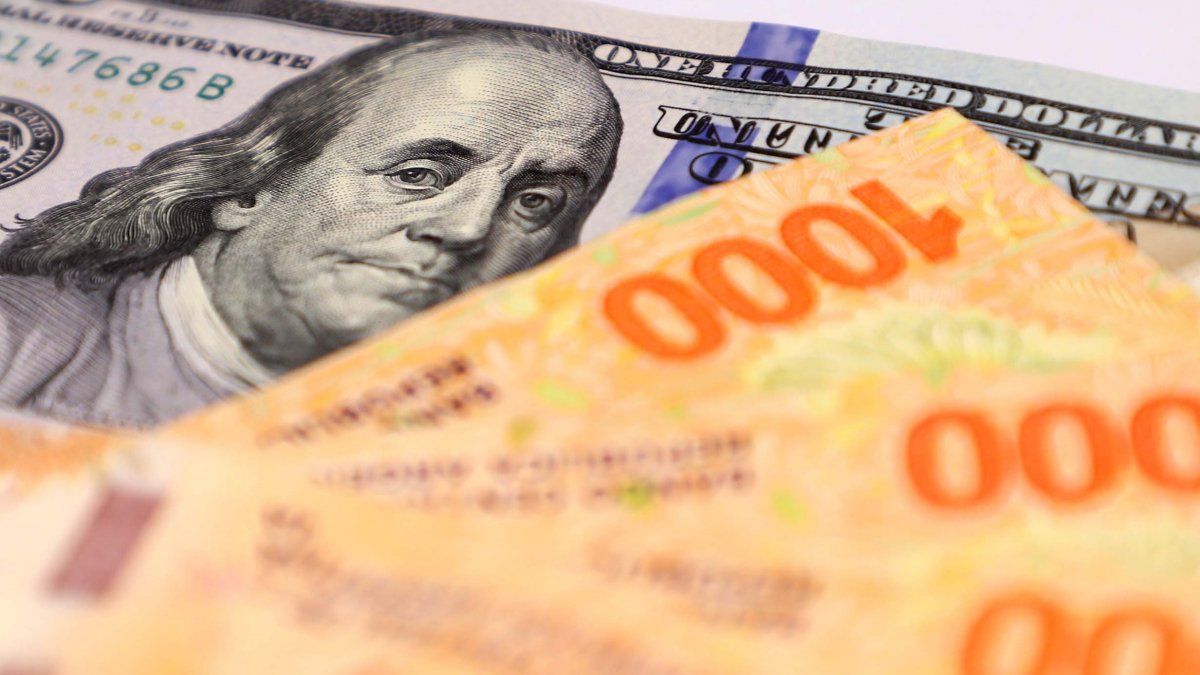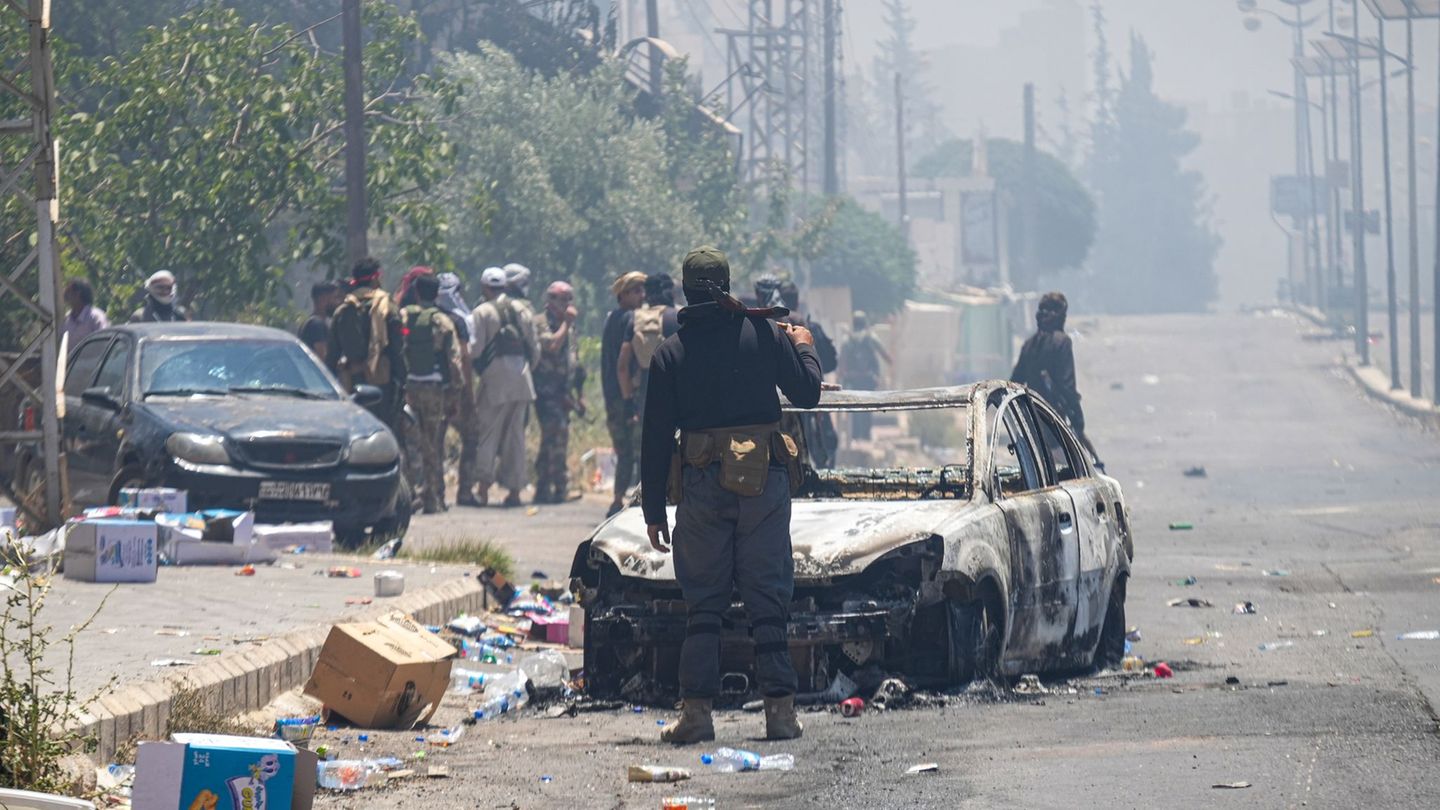In this way, he recommended the UVA fixed term “that pays inflation plus an annual rate of 1%, placing a term of 90 days.” However, he warned that there are some problems: “Financial entities are putting limits on UVA fixed terms, since they have no counterpart where to put the money. There are banks that accept these investments without problems, and others place restrictions and require prior authorization to continue placing funds. The Central Bank should monitor these problems and punish entities that do not comply with the regulations of the governing body.”
other instruments
According to the analyst, there are other options for more experienced savers. Some of them are:
- Bond in pesos at a variable rate, maturing on October 17, 2023 (it is clearly a Peronist bond), whose acronym is TO23, yields 84.83% per year, “almost a rate similar to the expected inflation in 12 months, which would be around 90% per year,” said Di Stéfano.
In contrast, he argued that bonds in pesos adjusted per dollar linked due in 2022 are not a good option, since they have a negative rate of 15.24% per year, while the one due in 2023 has a negative rate of 9. 92% per year. “With these yields, they don’t look attractive at all.”
Another possibility of tying capital to price developments is look for a mutual fund that is made up of securities tied to inflation. Amounts starting at $1,000 can be invested in these instruments. In this segment there are both FCIs from independent managers and banks.
What’s going to happen with the dollar
In this scenario, resorting to the dollar is another alternative due to the advantages it offers compared to the peso that is crumbling day by day. But obstacles imposed by the Government weigh on this and a purchase limit of US$200 is in force.
The official US currency started the week at $136, average, for sale. Meanwhile, the parallel fell at the beginning of this week after the record close last Friday, when it reached $338. For Di Stéfano, “for the month of August, the Central Bank could again accelerate the rate of devaluation of the peso, which could lead to this rate being around 7% per month. Thus, the Central Bank in the next weeks will have to resort to raising the interest rate and accelerating the rate of devaluation, in order to narrow the gap between the wholesale dollar and alternative dollars. In the current situation, dollar reserves in the Central Bank are very scarce (US$39,759 million), therefore, selling dollars does not seem like a valid option.”
Source: Ambito
David William is a talented author who has made a name for himself in the world of writing. He is a professional author who writes on a wide range of topics, from general interest to opinion news. David is currently working as a writer at 24 hours worlds where he brings his unique perspective and in-depth research to his articles, making them both informative and engaging.




